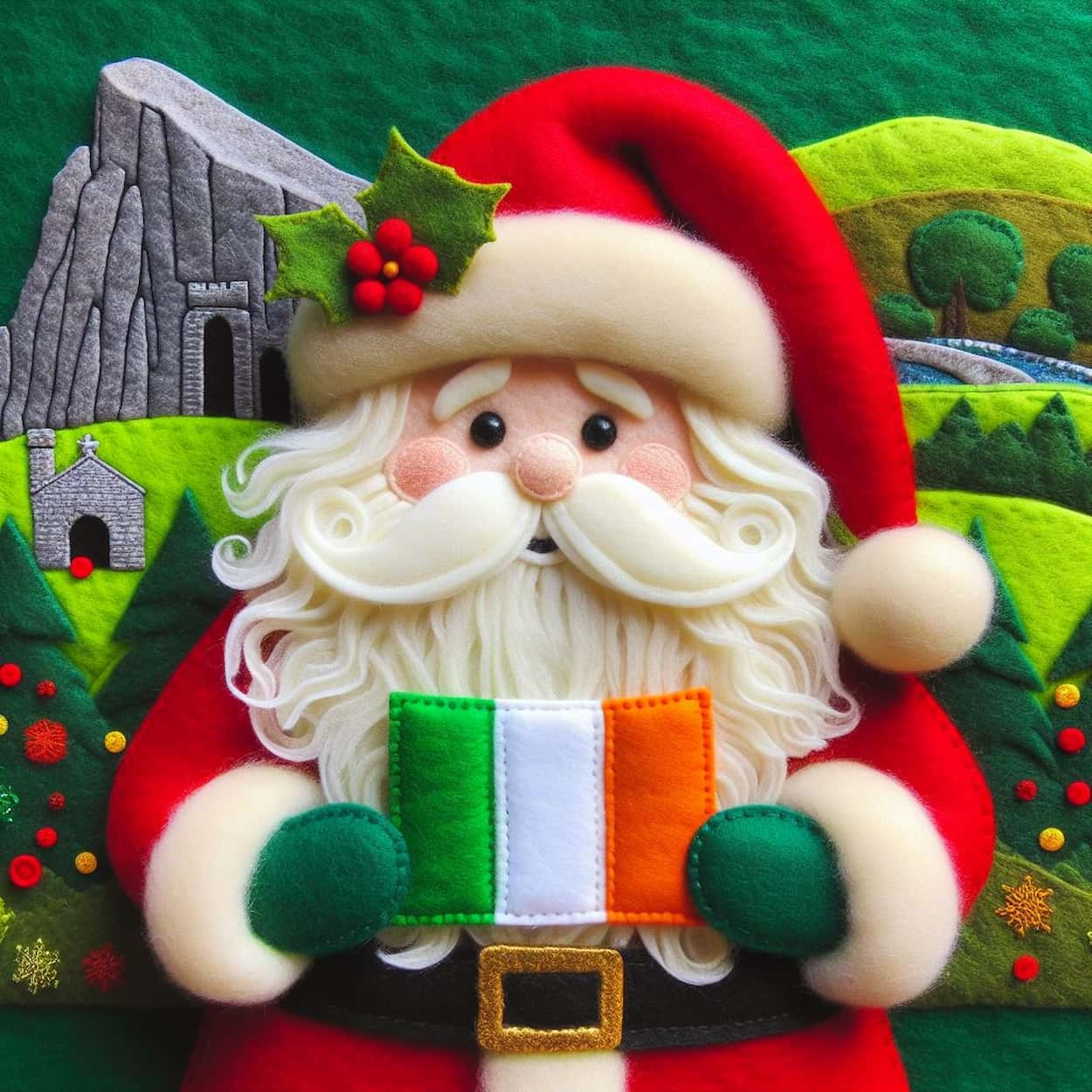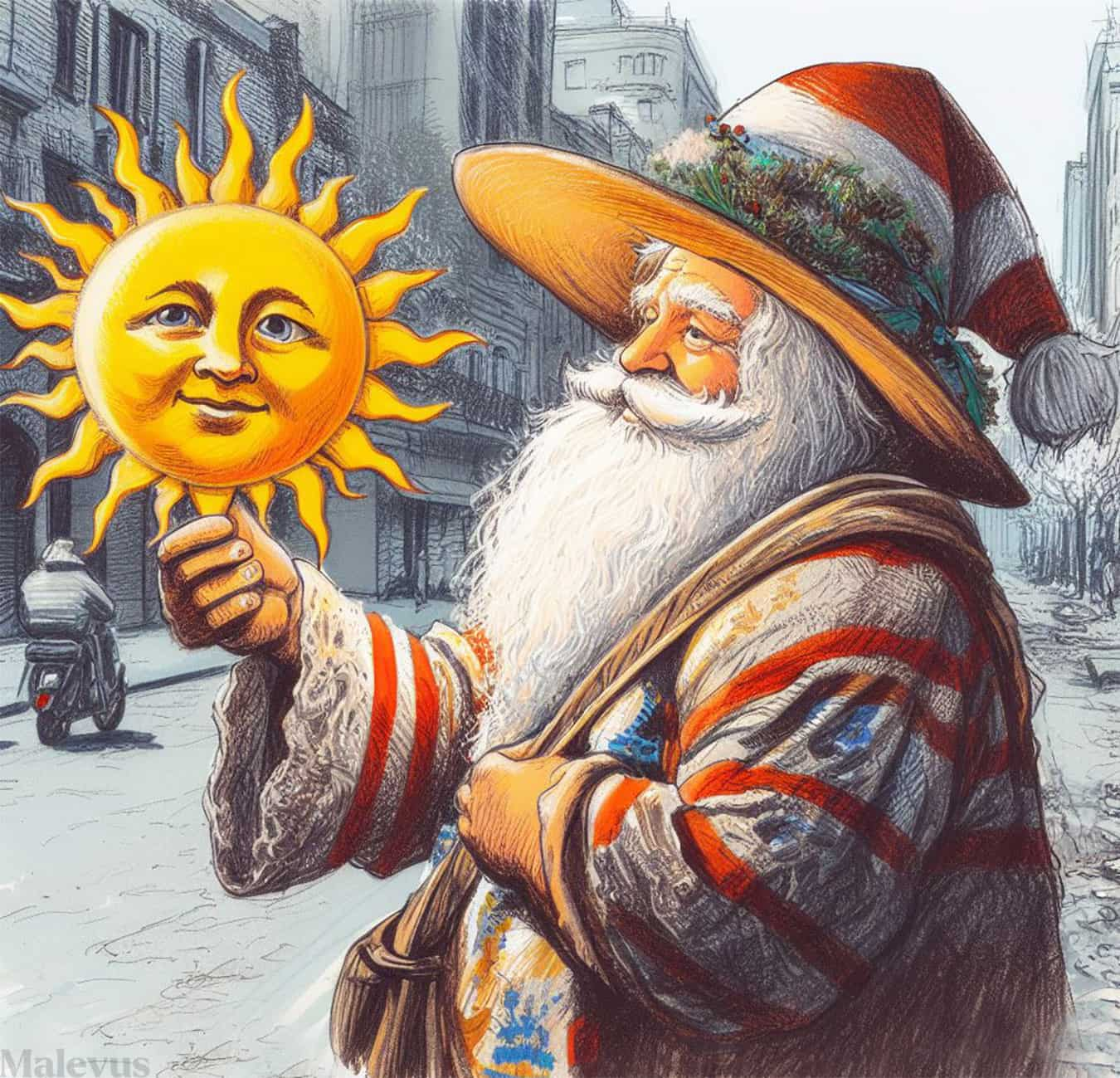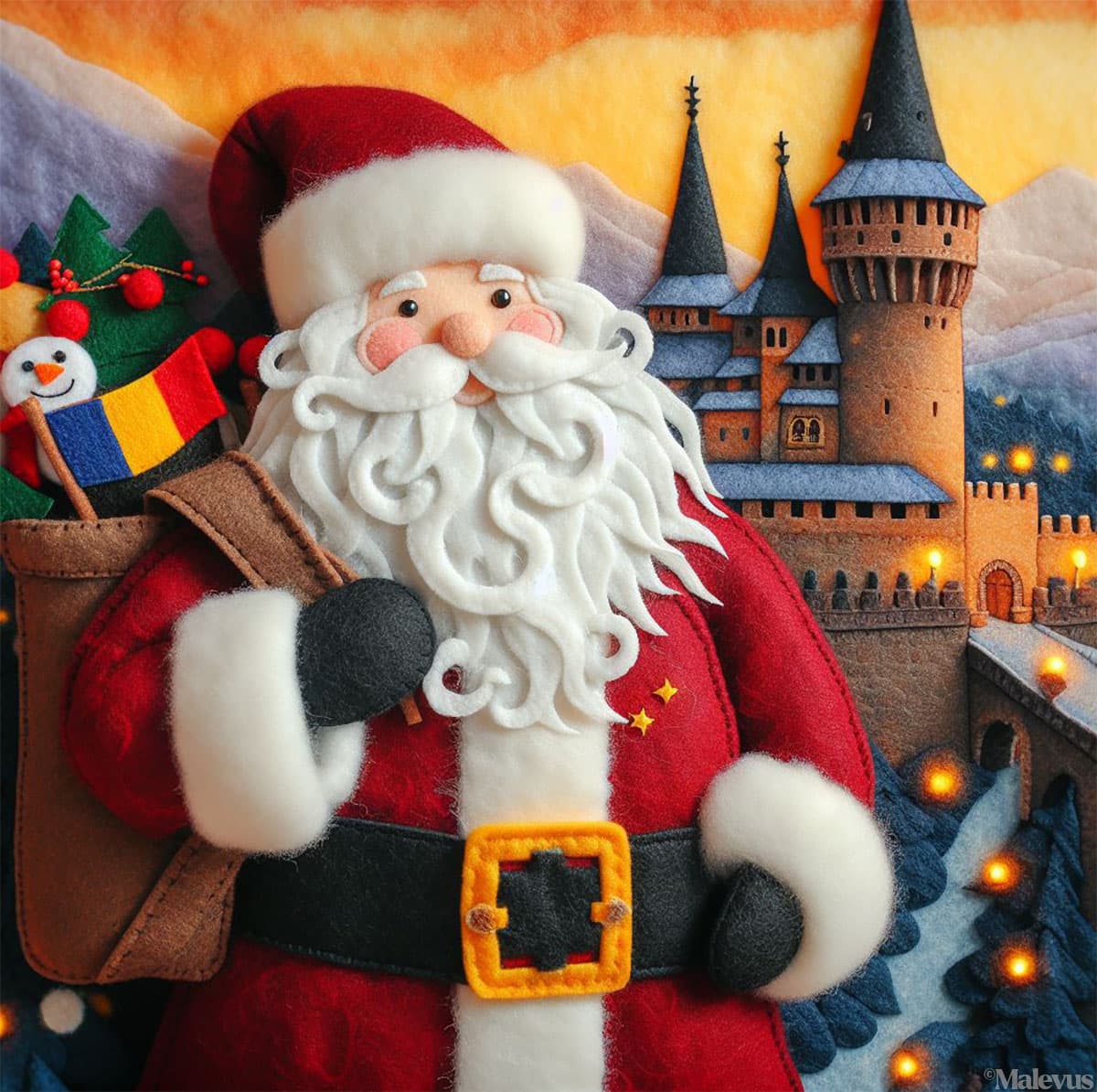The Irish Christmas celebration, or “Nollaig,” is a mash-up of Christian and pagan traditions. Traditional Christmas markets, joyful shoppers, and carolers set the tone for the celebrations. The most important part is Christmas Day, which is on December 25th. On that day, people usually start by exchanging gifts and then go to Mass. The next step for families is to visit with loved ones before having Christmas dinner together, either at home or at someone else’s. “Wren Day” and the cold Christmas morning dip at Dublin’s Forty Foot bathing location are two unique Christmas traditions in Ireland. St. Stephen’s Day, the day after Christmas, is observed as a day of repose and a public holiday. On January 6th, the season comes to a close with “Women’s Christmas” or “Little Christmas” (Nollaig na mBan).
The Irish Christmas Foods
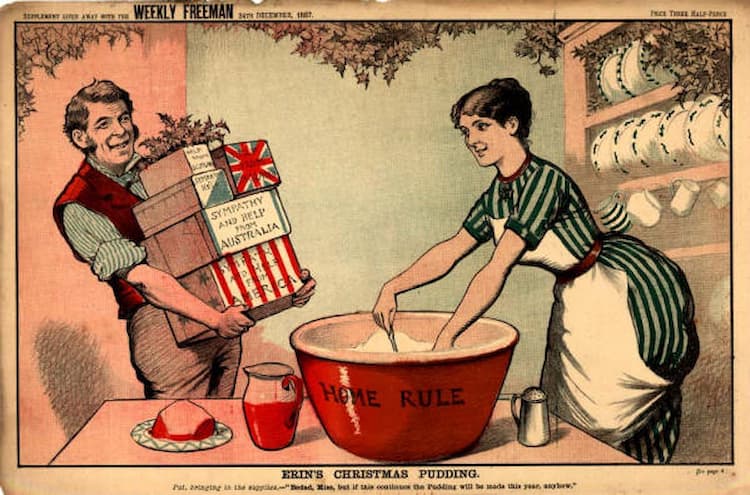
A wide range of delectable delicacies that are a staple of the holiday season are included in traditional Irish Christmas cuisine. Among the most well-liked Irish Christmas delicacies are:
- Christmas Breakfast: A “full-Irish” Christmas breakfast includes bacon, eggs, toast, sausages, and black and white pudding.
- Typical Irish Christmas Dinner: Served with a variety of side dishes such as roast potatoes, mashed potatoes, Brussels sprouts, and other vegetables, the main course of an Irish Christmas dinner consists of roast turkey, roast beef, boiled ham, or goose.
- Mince Pies: They are a popular Christmas dessert in Ireland and are often served on Christmas Eve after midnight mass. It’s believed to be of English origin, traceable to the 13th century.
- Christmas Cake: A customary Irish Christmas cake, offered as a sweet treat after the main entrée. It is a fruitcake served only at Christmas time.
- Irish Trifle: A dessert consisting of chocolate sprinkles, cream, and jelly; brandy may also be added for taste. It’s also of English origin.
- Guinness Porter Cake: A delicious after-dinner Irish treat, this cake is a substantial dessert created with Guinness.
- Christmas crackers: They are a playful custom that consist of tubes encased in festive paper, containing a toy and a paper crown.
Christmas Traditions in Ireland
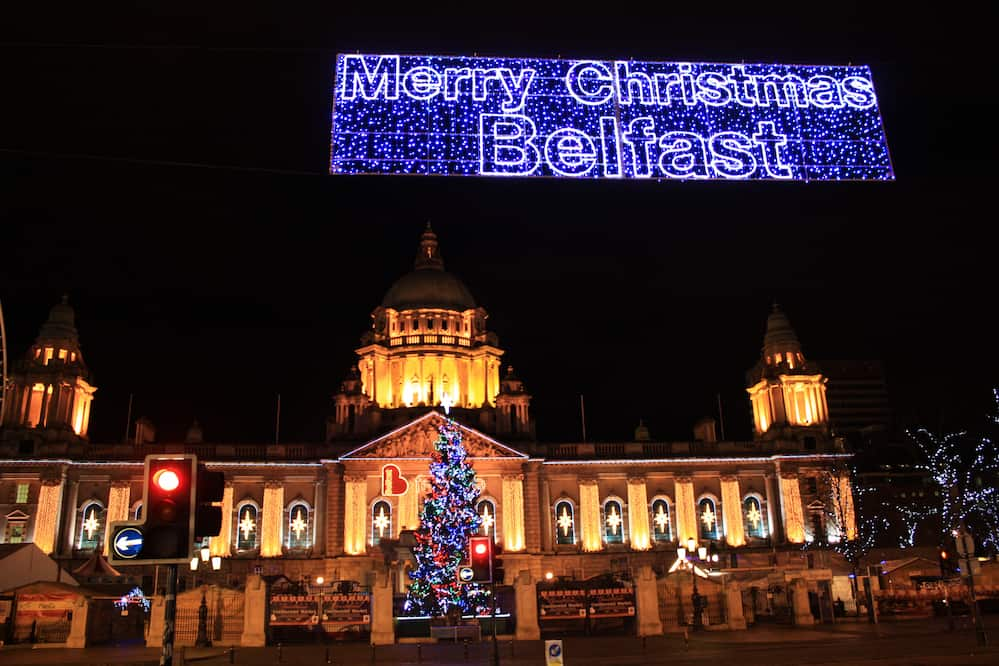
In England and Ireland, twelve Christmas Day begins on Christmas Day, and feasts are carried out for the duration until Little Christmas or Women’s Christmas as it is also known. Among the many distinctive Irish Christmas customs are:
Extravagant House Decoration
Irish families decorate their homes inside and out at Christmas and some individuals go beyond with their extremely bright and lavish décor, fit for a king or queen.
Christmas Eve Midnight Mass
Midnight Mass is a big social event (especially among Roman Catholics) when Irish people assemble to enjoy Christmas with their friends, family, and neighbors. In Ireland, prayers are also said during Mass in remembrance of the departed during this period.
Horse Races on St. Stephen Day
On December 26th (St. Stephen’s Day), it is customary to have horse racing activities in Ireland which is a unique Christmas custom in this country.
Christmas Day Swim
Some communities, especially in South Dublin, have Christmas Day swims, with the proceeds going to charity. Swimming in the water on Christmas morning became a custom in the late 20th century. At the Forty Foot in Sandycove, Dublin, and Blackrock in Salthill, Galway, which are popular locations for this, hundreds of people dare to leap into the frigid waters.
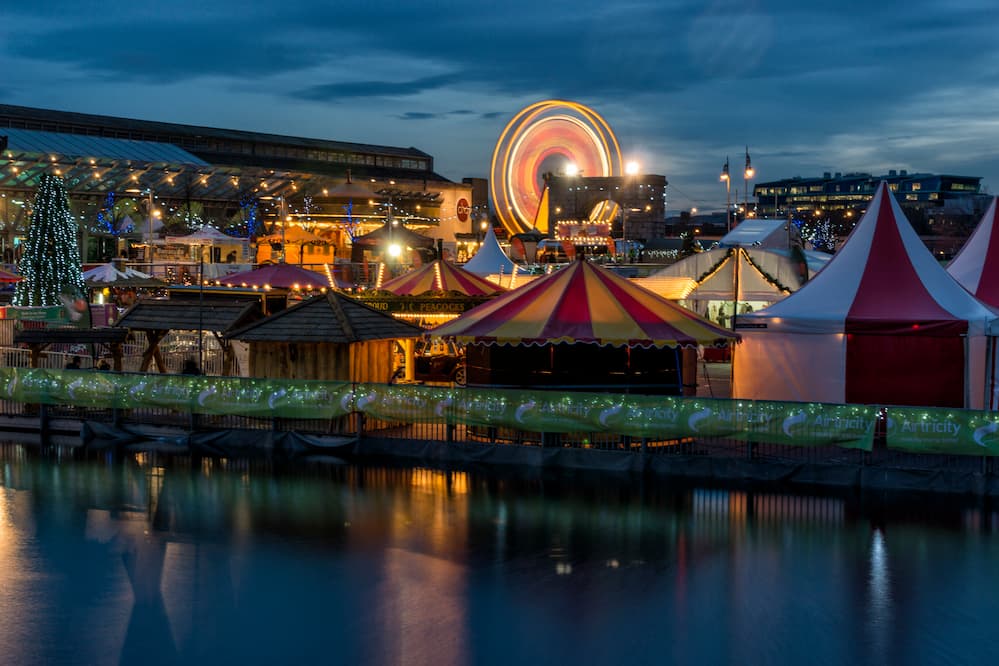
Daidí na Nollag (Santa Claus)
Irish shops provide a mystical experience for children when they see Santa Claus, who is known as Santy in Northern Ireland and the Republic of Ireland. In Irish, he is called Daidí na Nollag, which translates to “father of Christmas.”
A Light in the Window
Some Irish households have an ancient custom of placing a tall, thick candle on the sill of the biggest window after Christmas Eve sunset as a symbol of the coming light. Mary and Joseph leave the candle burning all night as a symbol of the light that will guide them.
Christmas Decorations in Ireland
Traditional Irish Christmas decorations use natural elements and Irish motifs since Ireland has several unique Christmas decorations:
- Irish Decorations: Popular options for adorning Christmas trees and houses are Irish decorations like leprechauns, Celtic crosses, and shamrocks.
- Guinness: Adding an Irish flair to Christmas decorations may be distinctive with Guinness-themed Irish decorations like ornaments and pint glass-shaped lights.
- Belleek: With a variety of ornaments (and nativity) sets available, Belleek pottery is an option for Christmas decorations in Ireland.
- Holly Wreaths: Traditionally placed on the front entrance of a home, holly wreaths are also an Irish Christmas ornament.
- Dublin Doors: With a personalized Dublin door design, these ornaments are actually a special way to add a personal touch to Christmas in Ireland.
- Jumping Frogs: The ornaments with a leaping frog pattern are also a unique Irish decoration at Christmas.
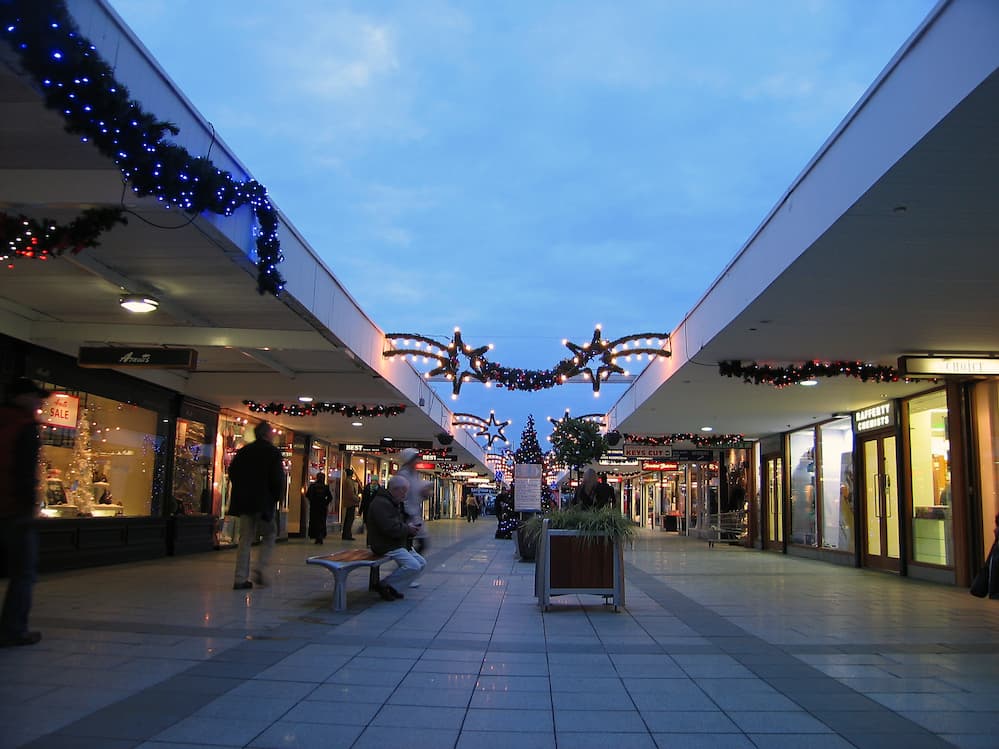
History of Christmas in Ireland
“Nollaig,” the Irish term for Christmas celebration, has a long history that stretches back to the early Christian period. Christmas has its roots in ancient cultures, when it was customary to commemorate the winter solstice and the sun’s rebirth with elaborate feasts and ceremonies.
The first record of Christmas celebrations in Ireland dates back to 1171, when excommunicated King Henry II celebrated the holiday in Dublin. Ireland had Christmas festivities brought by the English king. In the hamlet of Hogges, Henry II constructed a massive medieval Irish hall. The Irish chiefs who supported the English monarchy participated in lavish feasts and Christmas performances. The following Dublin Christmas story dates to 1458 and is centered on religious plays called Miracle Plays.
Traditionally, the holiday season for Irish Catholics started on December 8th, the Feast of the Immaculate Conception, when people set up their Christmas trees and decorations, and lasted until January 6th, also known as Little Christmas. The Late Late Toy Show, which airs on the last Friday of November, is now considered to mark the start of the Christmas season.
With a focus on parties and gift-giving, the contemporary Irish Christmas has evolved to resemble the holiday seasons in Britain and America. Nonetheless, many Irish people attend church services or take part in other religious observances around Christmas as a way to recall and commemorate the religious meaning of the holiday. During the Christmas season, a lot of individuals give to charity and to those in need by giving their time and resources.
Places to Visit in Ireland at Christmas
Ireland’s top destinations for Christmas travel include various options for unique winter activities and traditions.
- Dublin: The nation’s capital is a place to visit during the holidays since it has Christmas markets, seasonal decorations, and activities such as Dublin Zoo, Grafton Street lights, Live Crib at St. Stephen’s Green, Christmas concerts, and ice skating.
- Galway: This city is home to the Galway Christmas Market, which offers food vendors, holiday activities (Winter Wonderland at Wildlands, Santa’s Grotto, or Pantomime), and traditional music.
- Cork: For a fun environment and distinctive products, check out Cork’s Christmas markets, such as the Glow Cork event or visiting Santa at Blarney Castle.
- Belfast: Take advantage of the seasonal products and activities available at the Belfast Christmas Market or at Hayfield Manor.
- Waterford: Take part in the family-friendly Winterval festival, complete with festive entertainment and activities, in Waterford.
- Dublin: For a lively theatrical experience, see the Christmas Pantomime at the Gaiety or Olympia Theaters.
- Limerick: Experience a fusion of holiday happiness and horse racing at Limerick’s Christmas Racing Festivals in Ireland.


